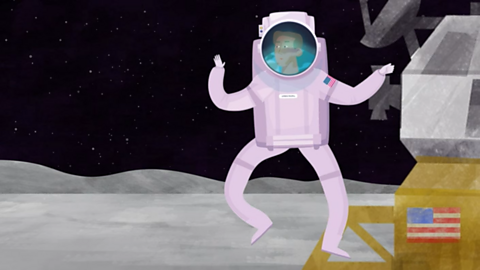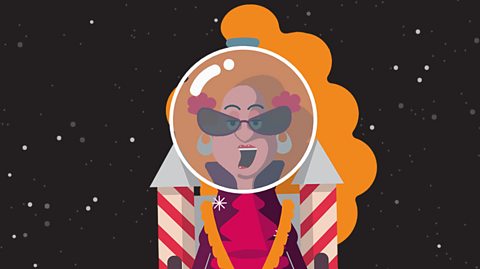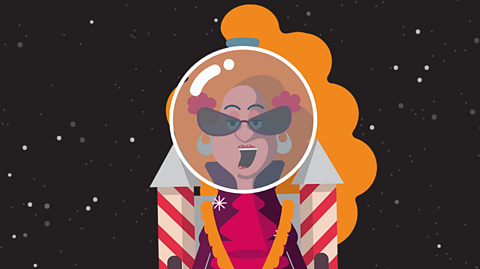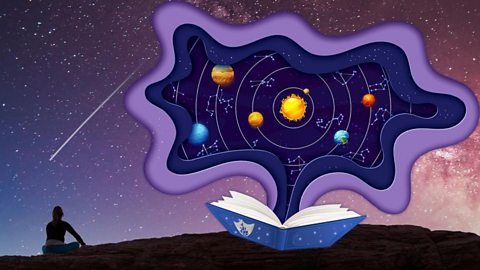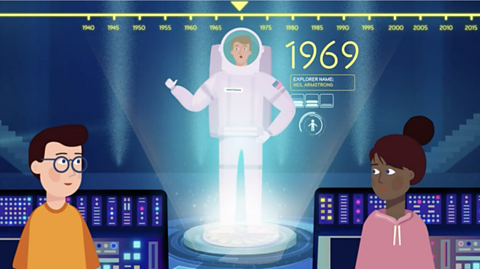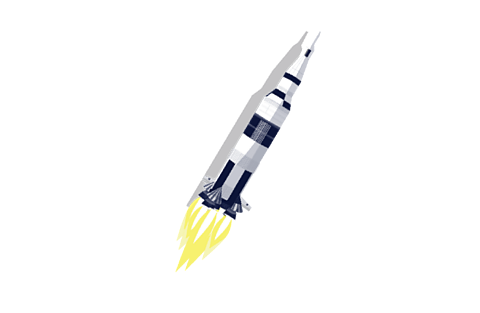
What is in space?
Stars, planets, asteroids and meteors: our solar system has them all!
Many many years ago philosophers thought that the Earth was as the centre of the universe. It is only relatively recently that we have discovered that this is not the case and that the universe is a very very big place!
Our solar system is just one in a galaxy called the Milky Way and there are billions of galaxies in the universe.

Science
Discover the science of space and space travel.
- How is it possible to explore space?
- What would you find up in space?
- What is our solar system?
Answer these questions and more!
Watch: An introduction to space
From up here on the International Space Station I get a great view of Earth.
Our planet is just the right distance from the Sun for life to exist.
We call it a Goldilocks planet because the Earth’s temperature, like the porridge in the Goldilocks fairy tale, is not too hot and not too cold.
This is because the Earth has an atmosphere which holds onto the Sun’s warmth whilst also protecting us from the Sun’s rays.
But what’s it like on other planets?
There are eight planets in our solar system. The closest one to the sun is Mercury, then it’s Venus, Earth, Mars, Jupiter, Saturn, Uranus, and Neptune.
The eight planets travel around the Sun at different speeds. These lines show us the paths they take which we call orbits.
On a clear night from Earth we can sometimes see the five planets which are closest to us - Mercury, Venus, Mars, Jupiter and Saturn.
Using a powerful telescope can also see Uranus and Neptune but to get an even clearer view we send telescopes into space, like this one - the Hubble space telescope.
We have also sent probes into space.
Probes are space crafts with cameras to send images back to Earth. This allows us to compare the planets in even more detail.
Mercury and Venus are both rocky planets. Mercury is closest to the Sun, so it gets very hot during the day. But it has a very thin atmosphere which does not hold on to any heat, so it gets very cold at night in the shade.
Venus, on the other hand, has a thick atmosphere which holds onto heat from the Sun. So, even though Mercury is closer to the Sun, Venus is the hottest planet in the solar system.
Mars has a hard, rocky surface with lots of iron in the soil which rusts, making the surface and atmosphere look red. This is why we call Mars, the Red Planet.
Mars is most like Earth.
Both have valleys and mountains, weather and seasons, ice caps and volcanoes.
Robotic vehicles called rovers have been sent to Mars to collect information. The Perseverance rover is up there now, studying the Martian climate and weather.
It tests technologies that could help humans survive on Mars.
The two largest planets are Jupiter and Saturn.
They are called Gas Giants as they don't have hard surfaces, but instead have swirling gases above a solid core.
On the surface of Jupiter there is a huge red spot twice as wide as planet Earth.
When the Voyager 1 probe flew past Jupiter, the images it sent back showed that this Great Red Spot is a huge storm which has been raging for over three hundred years.
Saturn is best known for its rings, which are made of chunks of ice and rock.
Uranus and Neptune are the furthest planets from the Sun. They are known as the Ice Giants.
Uranus is the coldest planet in the Solar System. Unlike the other planets, Uranus spins on its side.
Neptune is the furthest planet from the Sun, thirty times further than Earth. Its orbit is so huge that one year on Neptune takes almost 'one hundred and sixty five' Earth years.
The James Webb space telescope is currently one million miles from Earth. It is being used to explore the beginning of the Universe, study how stars are born, and look for Goldilocks planets in other solar systems.
Our solar system
What is the solar system?
Bitesize: KS2 Science
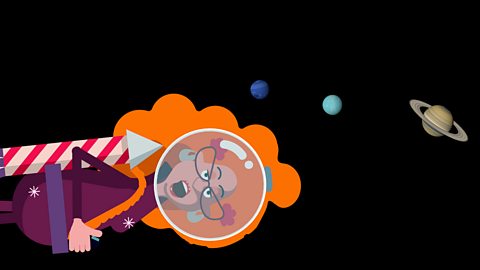
Planets in our solar system
Bitesize: KS2 Science
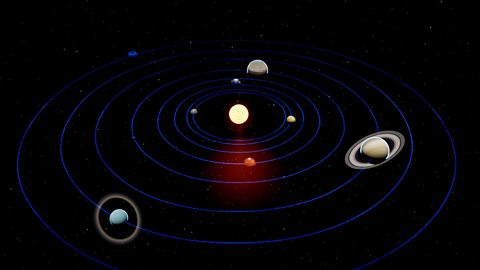
The Sun
Bitesize: KS2 Science
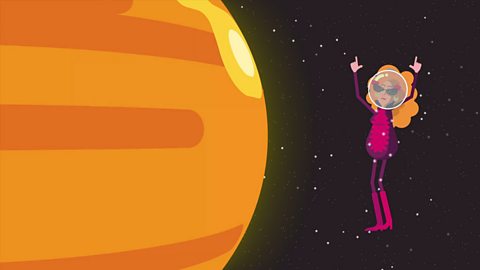
The Earth
What is the Earth?
Bitesize: KS2 Science
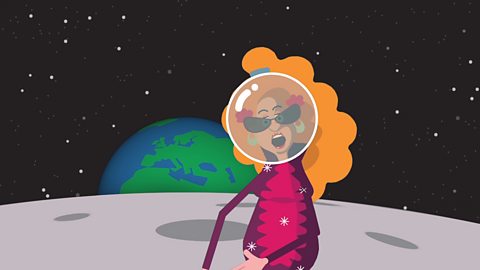
Gravity
Bitesize: KS2 Science
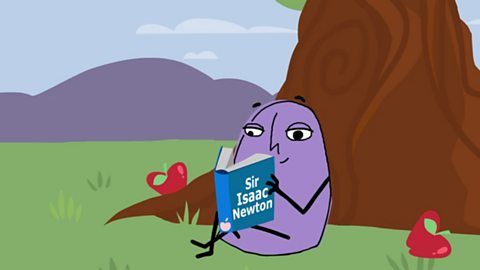
Day and night
Bitesize: KS2 Science
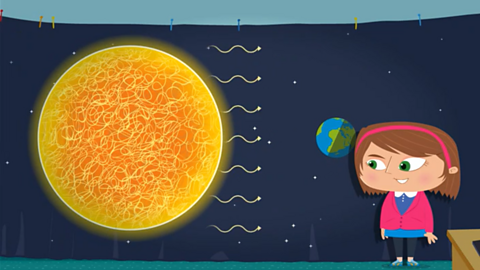
Astronauts and rockets
Discover what life is like as an astronaut.
Find out how rockets work and how to return home safely from space.
Hear from Tim Peake as he explains the journey to the International Space Station.
Tim Peake: Ask an astronaut
Bitesize: KS2 Science
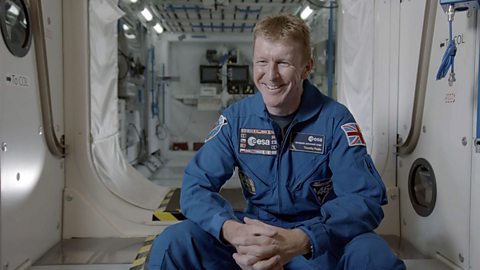
How do you stay alive in space?
Bitesize: KS2 Science
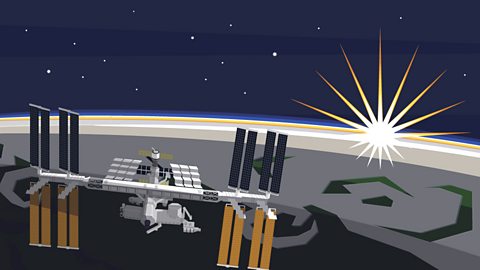
How do astronauts get home?
Bitesize: KS2 Science
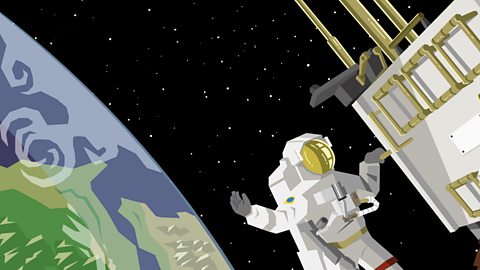
How do reactions power rockets?
Bitesize: KS2 Science
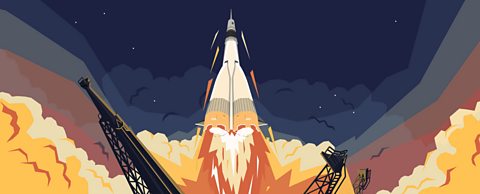
History
Discover the history of space travel and what life is like as an astronaut.
- Who was Neil Armstrong?
- Why did humankind decide to walk on the moon?
- How is the moon different to Earth?
Landing on the moon
It wasn't that long ago that humans only dreamt of landing on the moon. Neil Armstrong and Buzz Aldrin were two of the first people to walk on the moon.
Who was Neil Armstrong?
Bitesize

Activity: Write a letter to an astronaut
If you could ask an astronaut anything, what would you ask them?
Your task is to write a letter to an astronaut. Think about what questions you would want to ask them.
Do you want to find out more about living in a rocket or the views from space? Maybe you want to know what the training is like to become an astronaut or what they would say if they met an alien.
Remember to write a letter there are specific features you will need to include!
How to write a letter
Bitesize: KS2 English

English
Off world exploration
It is time to get creative! There is still so much about space that we do not know which can leave lots to the imagination.
Have a go at writing a story set in an alternate universe. Maybe all the characters are sharks in space!
You could also learn how to write non-fiction texts with real life astronaut Dr Maggie Aderin-Pocock.
Am I Made of Stardust? - Dr Maggie Aderin-Pocock
Blue Peter Book Club
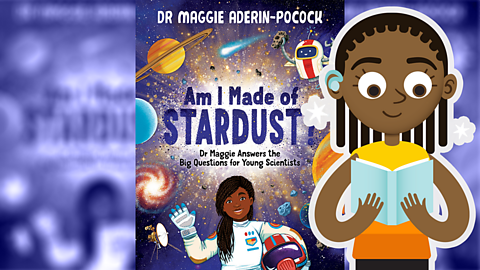
How to write a science fiction story
Bitesize: KS2 English
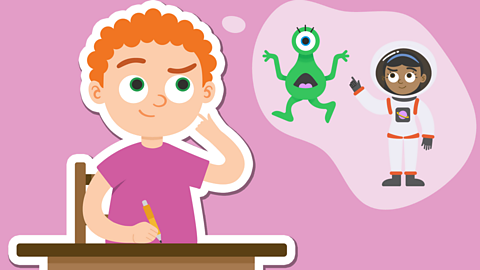
Computing
Why are computers so important for space travel?
Advances in computing technology have helped scientists to explore space. Rockets have complicated computers that communicate with other computers on Earth so that the astronauts are safe and tasks can be completed in space.
Computers work by receiving, storing, processing and sending out information.
With a computer, you can also design rockets, create digital animations (that could be set in space) or design off world computer games as well as much more!
Learn about inputs and outputs
Bitesize: KS2 Computing
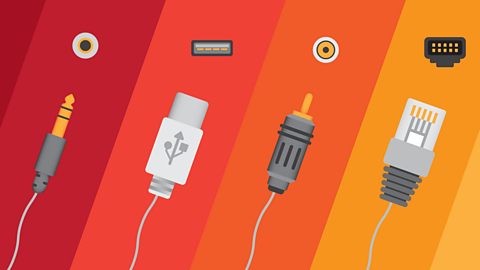
Design a computer game in space
Bitesize: KS2 Computing
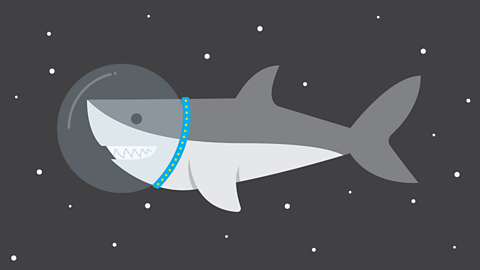
Find out about digital animations
Bitesize: KS2 Computing
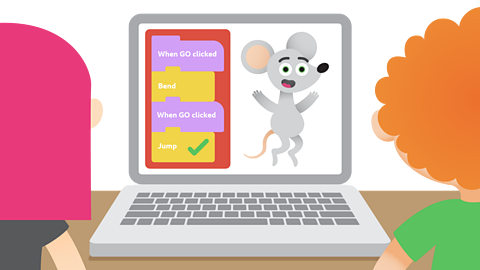
Activity: Create an alien
Space with Dr Who and the TARDIS
The Solar System from the TARDIS
BBC Teach: Super Movers
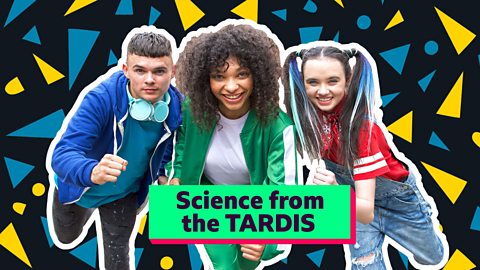
Dr Who, Space and Light
BBC Teach: Super Movers
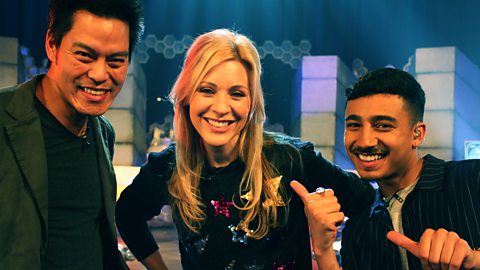
Light, reflection and shadows from the TARDIS
BBC Teach: Super Movers
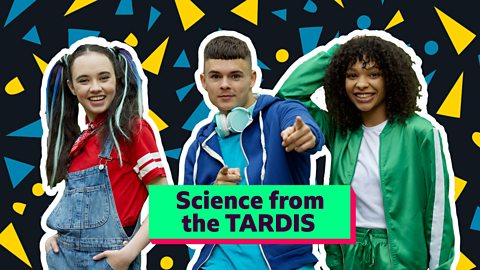
Where next?
Can you make outer space in your kitchen?
Bitesize: KS2 Science
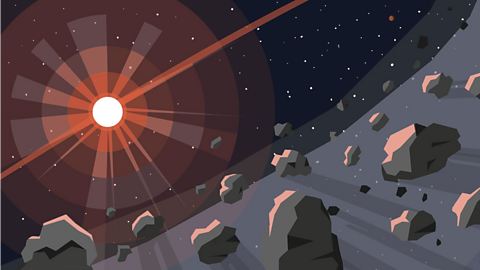
Science Bots. gameScience Bots
Bitesize: KS2 Science
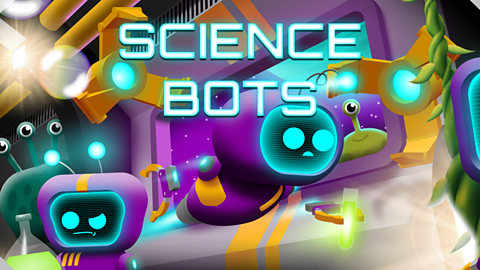
Newsround: Lyrids meteor shower 2024
Newsround
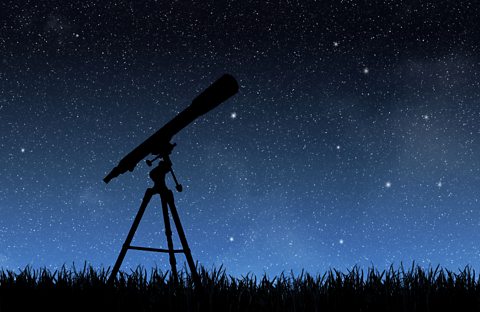
Play Bitesize Primary games. gamePlay Bitesize Primary games
Fun and educational primary games in science, maths, English, history, geography, art and design, computing and modern languages.

